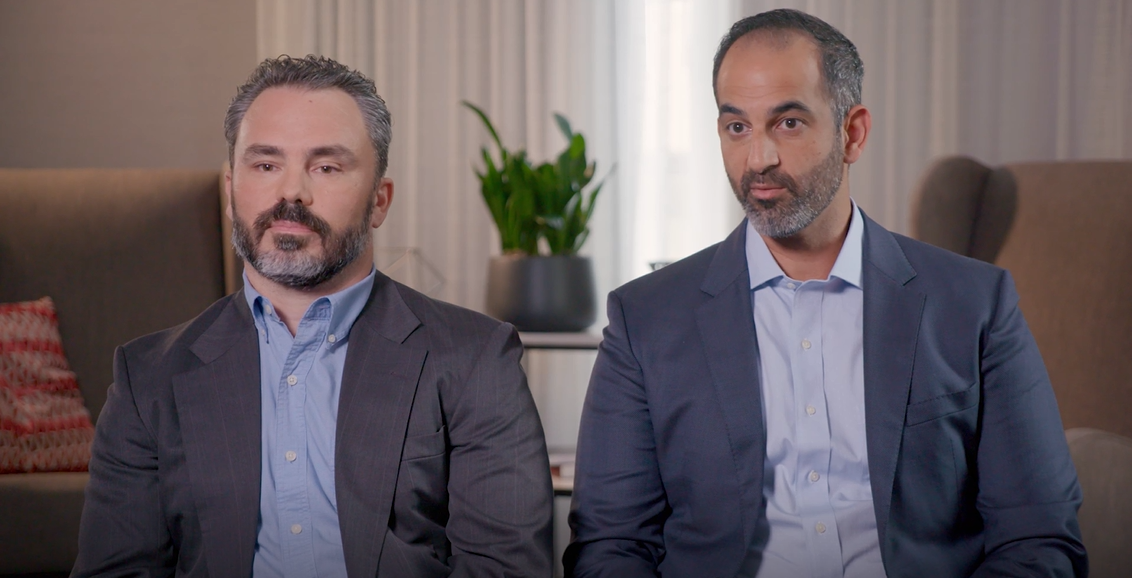Enhancing Patient Experiences Through AI-Driven Insights
Health & Patients Research & Innovation
At Endo, every patient interaction is an opportunity to make a positive difference—especially for those who need help accessing our medicines. Our dedicated Patient Access team helps guide patients and healthcare provider office staff through the treatment journey, making sure they have the support and resources they need.
Now, we’re taking our efforts to the next level, using artificial intelligence (AI) to enhance our knowledge, uncover hidden challenges, and better assist patients when they need it most.
Uncovering New Insights About the Patient Experience
In 2024, our Patient Access team rolled out an AI tool to analyze conversations between patients and Endo’s call center to uncover trends and pain points related to treatment access and payor coverage. In one year, we evaluated more than 70,000 calls—a task that would have taken 1,400 hours or nearly four years to do manually. Thanks to this tool, we can more quickly understand the hurdles patients face and respond appropriately, whether that means additional educational resources for office staff, a change in our marketing messages, or a shift in how we educate patients about obtaining our products.
What we’ve learned so far is patients are feeling overwhelmed and confused by the complexities of the healthcare system. Every treatment decision comes with hurdles, such as understanding insurance coverage and choosing the right treatment. Too often, the information they receive is unclear, which can lead to hesitation in seeking care.
Andrea Preuss, Executive Director of Patient Support and Field Reimbursement at Endo, notes, “When patients get confused or frustrated, they can become reluctant to get the care they need and deserve.”
That’s why listening to personal experiences is essential to our efforts in supporting the patient journey.
From Analysis to Action
With these challenges in mind, our Patient Access team is working to streamline coverage information so that patients receive clear, easy-to-understand explanations. When patients have this knowledge at their fingertips, they can have more informed and productive conversations with their doctors and confidently advocate for their needs with payors.
To further minimize confusion and frustration around medicine access, we’re also developing a new tool to predict how patients will react to our benefits communications, allowing us to refine our messaging for greater clarity and impact.
We are also working to make these insights actionable for healthcare providers, equipping them to proactively address specific concerns we’ve heard from patients.
“Patients have to fight and advocate for themselves,” Preuss shared. “That’s why we’re educating and empowering patients with the information they need to get the coverage they are owed.”
AI provides a deeper understanding of our patients’ needs and allows us to identify gaps, translating these insights into meaningful improvements.
As Preuss puts it, “So many people think of AI as just a tool to save time and money. Its real power is in helping us see things differently and finding new ways to meet the needs of patients we serve.”



